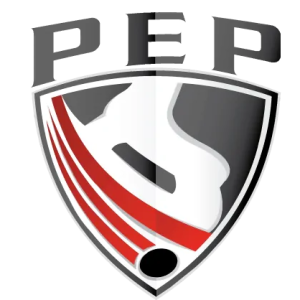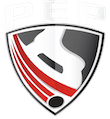Reactive Puck Placement
The new Offensive skill that unlocks the key to scoring dominance
reactive Puck Placement™
Are you ready to gain an edge over defenders, create more scoring opportunities, and dominate the offensive zone? Master your inside game with the latest breakthrough in hockey training: Reactive Puck Placement™
Out with the old
Every defender in today’s game closes space quickly with Stick-On-Puck pressure, making it harder to find passing lanes. But
In with the new
With the right reactive puck placement skills, offensive players can turn that pressure into opportunities by exploiting newly created space.
Move with purpose
It’s Not Just About Moving the Puck, It’s About Moving Smart
Simply moving the puck isn’t enough anymore. Every defender in today’s game closes space quickly with Stick-On-Puck pressure, making it harder to find passing lanes. But with the right skills, offensive players can turn that pressure into opportunities by exploiting newly created space.
Elite players know that puck placement, body positioning, and timing are everything. To take your offense to the next level, you need to:
- Learn how to “Engage”defenders to move their sticks
- Move both your feet and the puck simultaneously
- Learn puck placement angles to create seperation
- Make quicker decisions under pressure
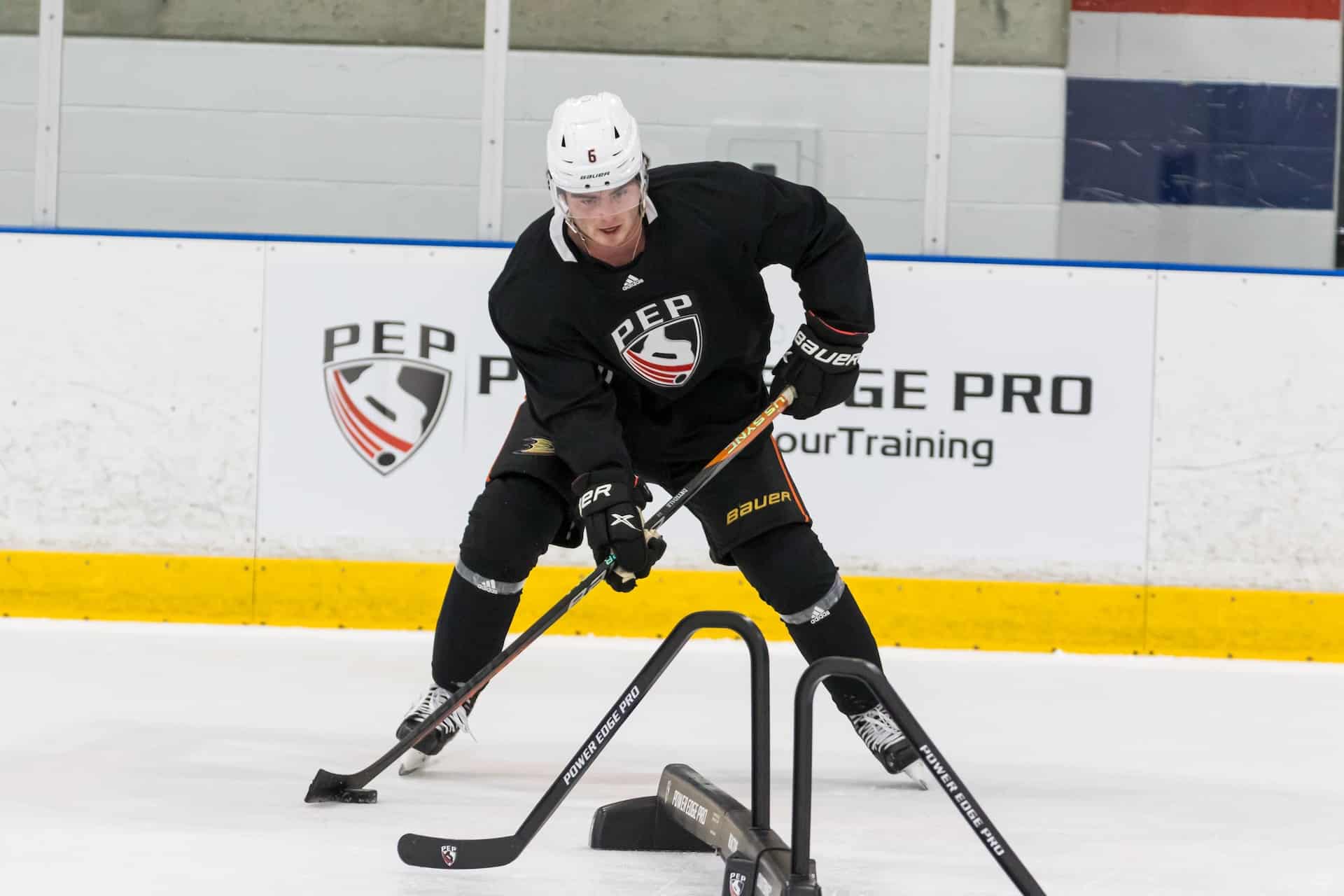
By mastering reactive puck placement, you'll be able to:
React and Counter faster than your opponents
exploit space and gain offensive positioning
Create prime scoring opportunities in seconds
Connor McDavid:
the master of the Inside Game
Top players like Connor McDavid are renowned for their elite puck-handling and ability to make split-second decisions at full speed. By mastering deceptive techniques like “Bait and Place”, McDavid controls the defender’s stick-on-puck angles, forcing them into vulnerable positions. This allows him to consistently gain the zone, extend plays, and create high-quality scoring opportunities.
You can learn to do the same with the right training and skill development.
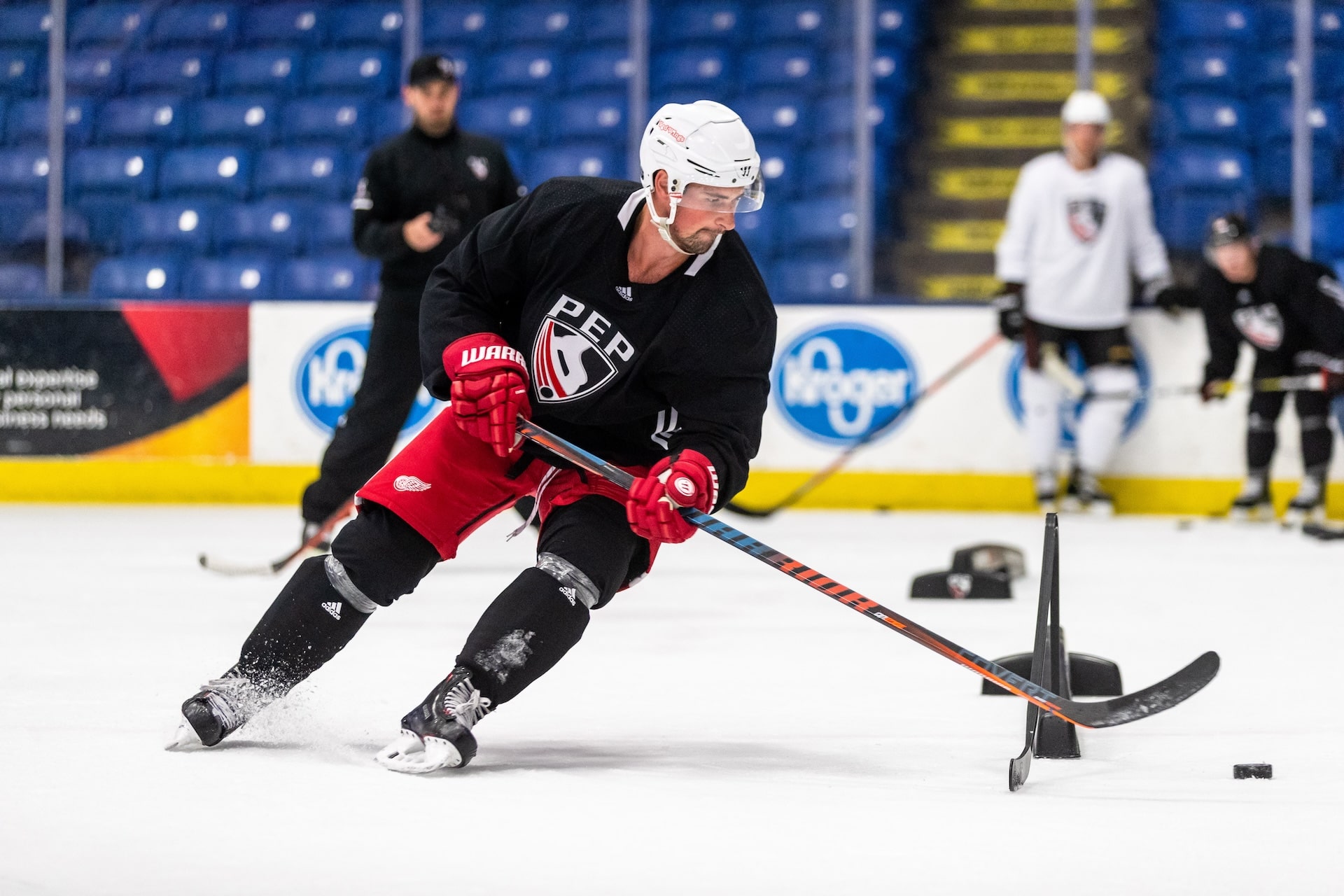
the key to perfection:
repetition. repetition. repetition.
Our proprietary training methods, teach players to react under pressure while developing precise puck placement at high speeds. Fast hands with soft puck-placement touches are key for Mastering puck placement angles allowing players to take the shortest routes to key areas on the ice, creating offensive opportunities and putting defenders in vulnerable positions.
Here’s how it works:
- Repetition: Develop quick puck touches, transitional and evasive skating at high speed
- Reaction: Learn to read defenders, dictate Stick-On-Puck and exploit inside space
- Precision: Fine-tune your depth perception, puck placement and puck recovery skills
With Reactive Puck Placement and RCT™ training, you’ll consistently beat defenders and create more scoring opportunities in critical moments.
Forget what you know
traditional stick handling is obsolete.
Old stick-handling methods are no longer enough for today’s fast-paced game. Players now need to focus on underhandling the puck—moving it just 3-5 feet at high speed, to maintain control and gain offensive positioning. By mastering these techniques, you’ll be able to:
- Gain space and advance the puck more efficiently
- Extend plays and increase zone time in high-traffic areas
- Achieve critical body positioning to outmaneuver defenders and generate more offence
Traditional stickhandling training is often void of multi-tasking and neglects crucial puck placement skills, focusing solely on “carrying the puck,” making it easy to defend against.
In contrast, Reactive Countering Stickhandling Methods emphasize a balanced approach that integrates quick hands, deceptive moves, precise puck placement, and superior puck control—all while maintaining constant movement. With these methods, players learn to seamlessly incorporate skating into their stickhandling, allowing them to react faster and execute complex maneuvers with ease.
By keeping their feet moving and avoiding puck possession in vulnerable moments, players become far more effective in real-game situations, making it difficult for defenders to impede their progress.
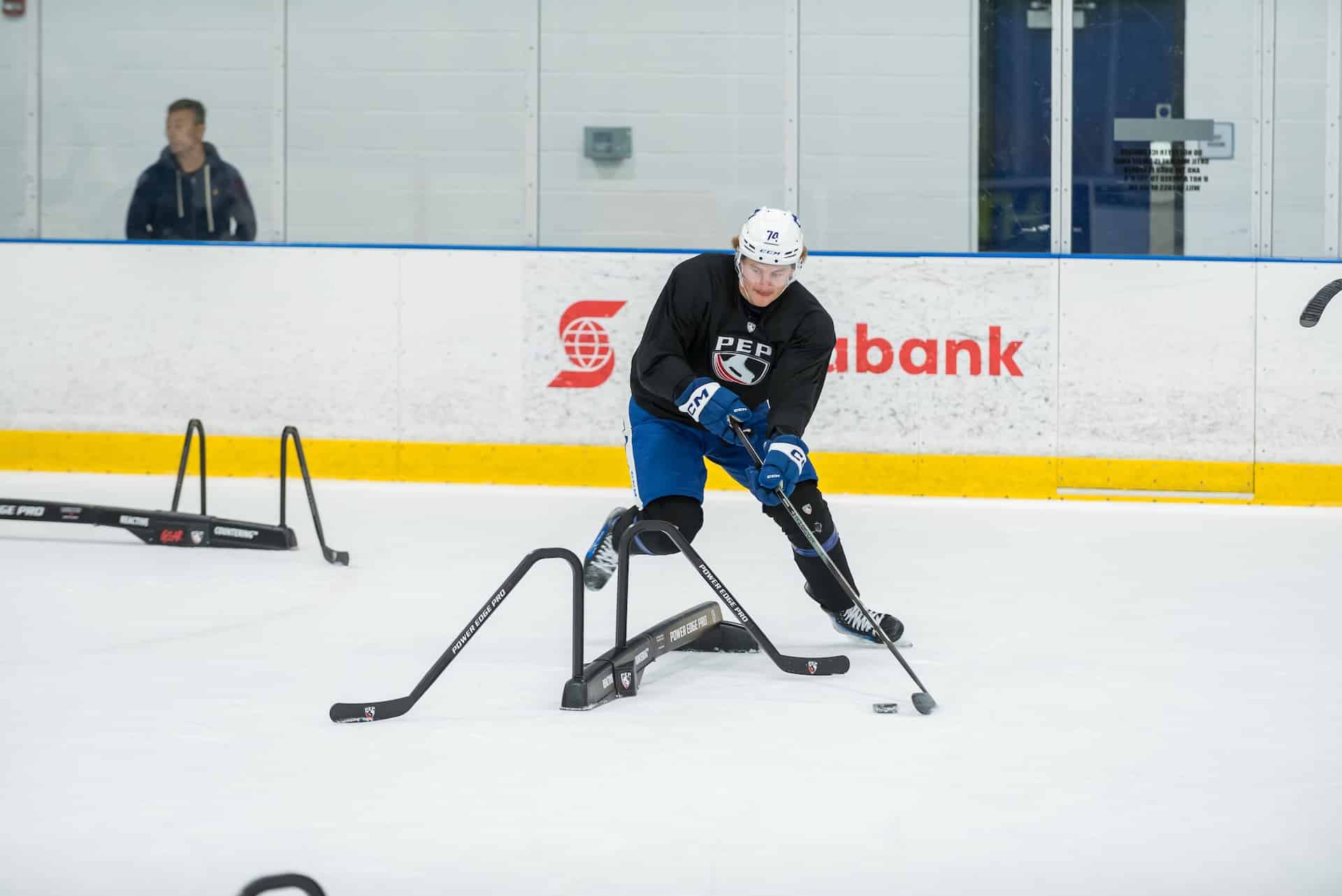
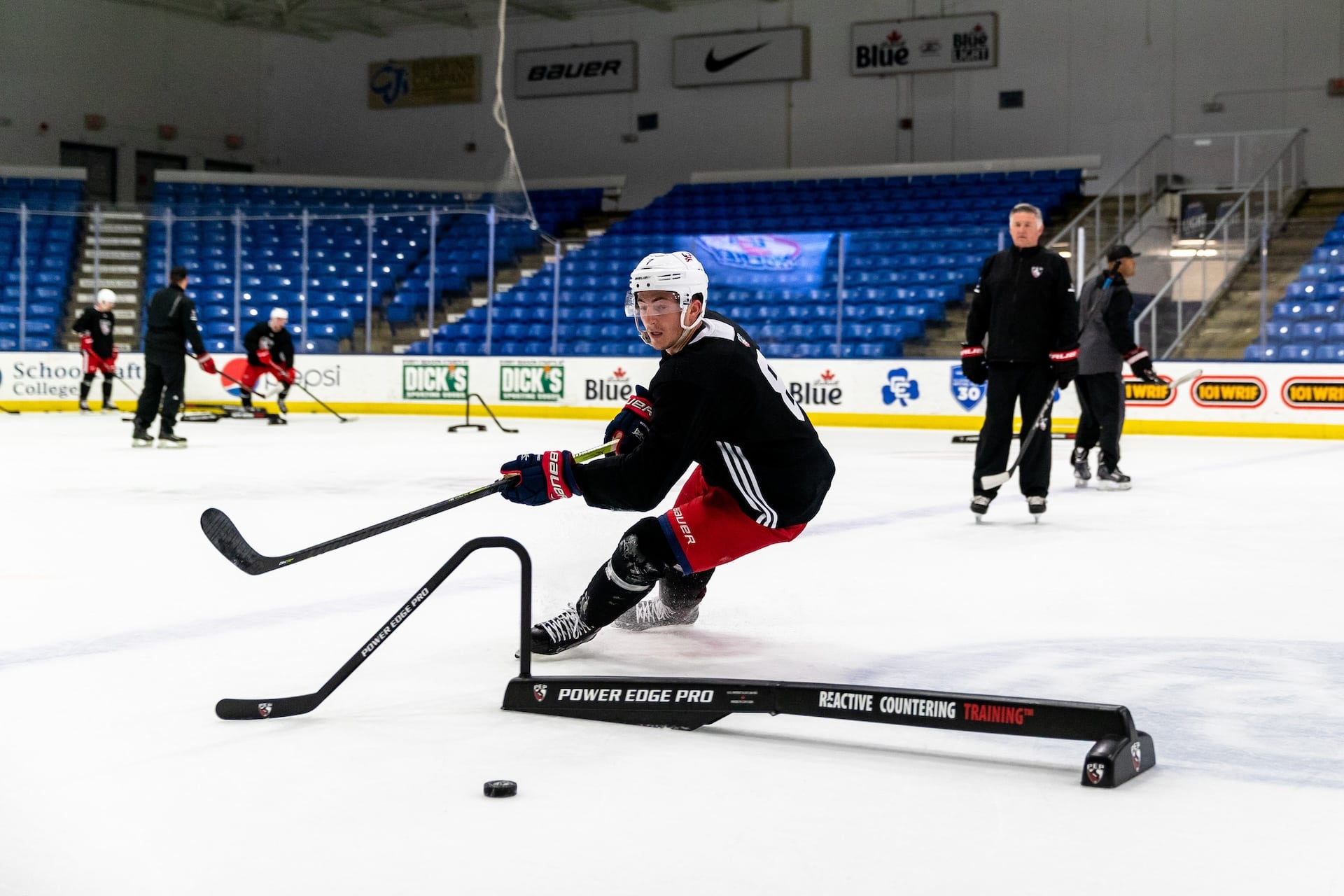


the game is evolving
master inside passing & puck support
In today’s fast-paced hockey landscape, many players and teams fail to take advantage of a critical component— “Inside Space.”
The moment the puck drops, this underutilized space can be the difference between creating scoring chances and falling behind.
While most coaches emphasize perimeter-based tactics, true game-changers are focusing on “Inside Game Skills “to dominate the prime scoring areas.
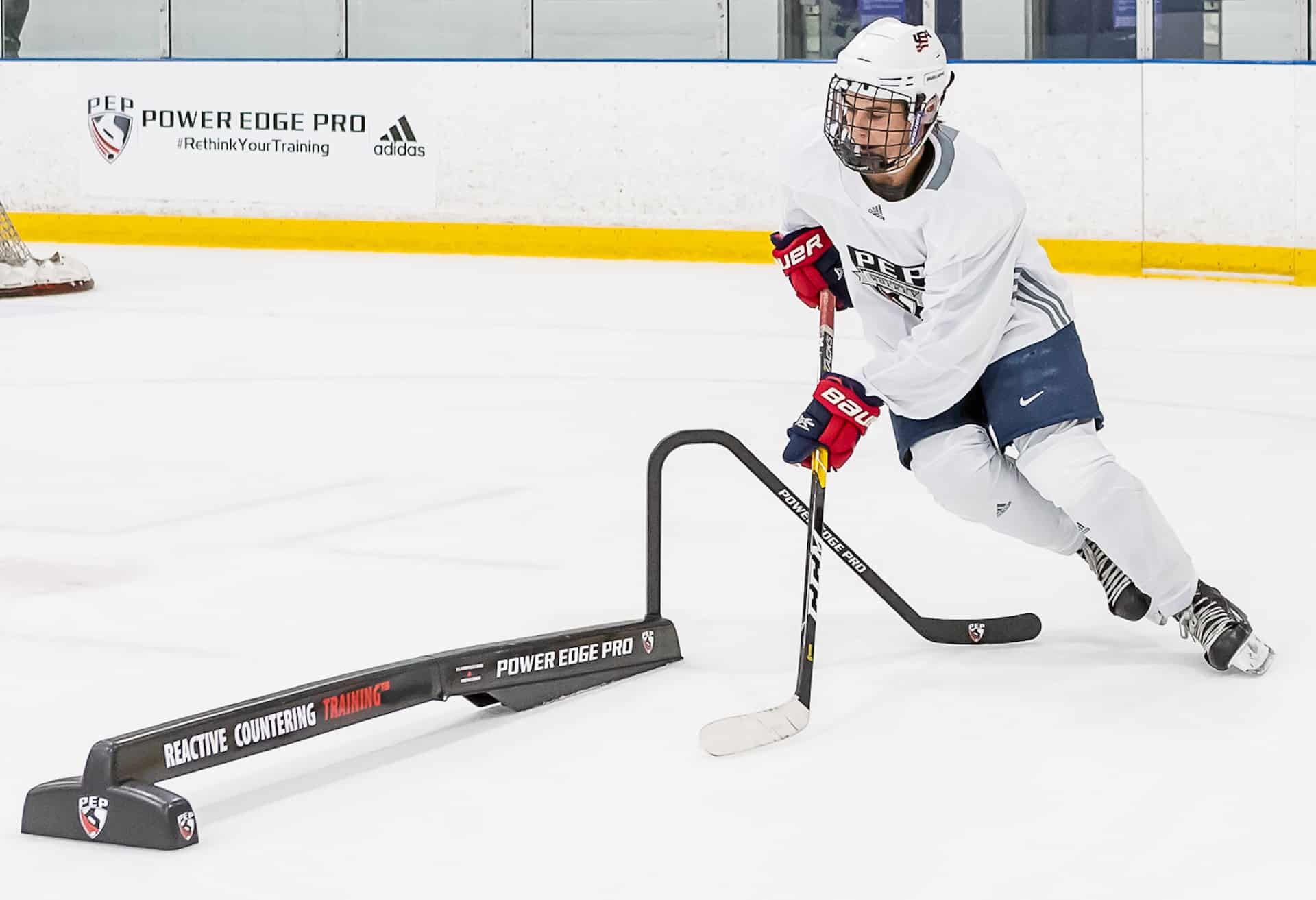
redefine puck support
The Power of “Inside Cycling”
The game has changed, and so has puck support. Today, there’s a significant difference between perimeter cycling and the equally effective “Inside Cycling.” As the game is more spontaneous than ever, players need to be faster, smarter, and more reactive. Most struggle to adapt, often leading to turnovers on the breakout, cycle, neutral zone or offensive zone entry.
For example, when a forward enters the zone at full speed, the defending player may inadvertently leave Inside Space exposed. Unfortunately, many players lack the ability to react quickly enough to exploit this. Defense has evolved—gone are the days of stick-on-stick and interference. Modern defenders use “stick on puck” techniques to close space quickly.
So the question is: are you still relying on perimeter space, or are you ready to learn how to exploit the new stick-on-puck gaps for more Grade-A scoring chances?
don't get left behind
why inside game skills matter
Puck placement is one of the first steps to accessing high-percentage scoring zones. Relying solely on perimeter tactics without adapting to modern strategies leaves opportunities on the ice. Most turnovers are caused from a “lack of inside games skills.” By training key inside puck placement techniques for passing and support, players position themselves to react faster and make smarter plays.
Through consistent repetitions of small area passing and support at both R.C.T primary and secondary points of reference, you’ll be prepared to master the new generation of puck support. Whether you’re leaving the zone, entering the zone, on the rush, or supporting a teammate on the cycle, these skills have evolved—just look at players like Leon Draisaitl and Connor McDavid.
Our videos will break it all down for you, showing how top NCAA, CHL, and NHL teams are already leveraging these advanced tactics for success. You may already be using some of these skills without even knowing it!
Learn More about Our Training systems
Reactive Countering Training™
Reactive Linear Crossovers™
